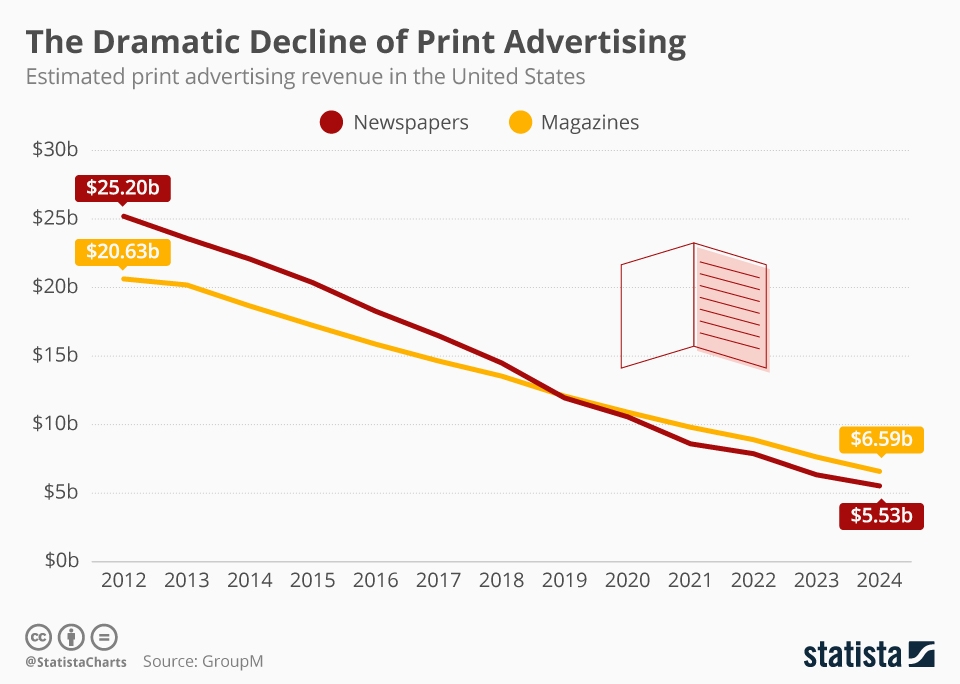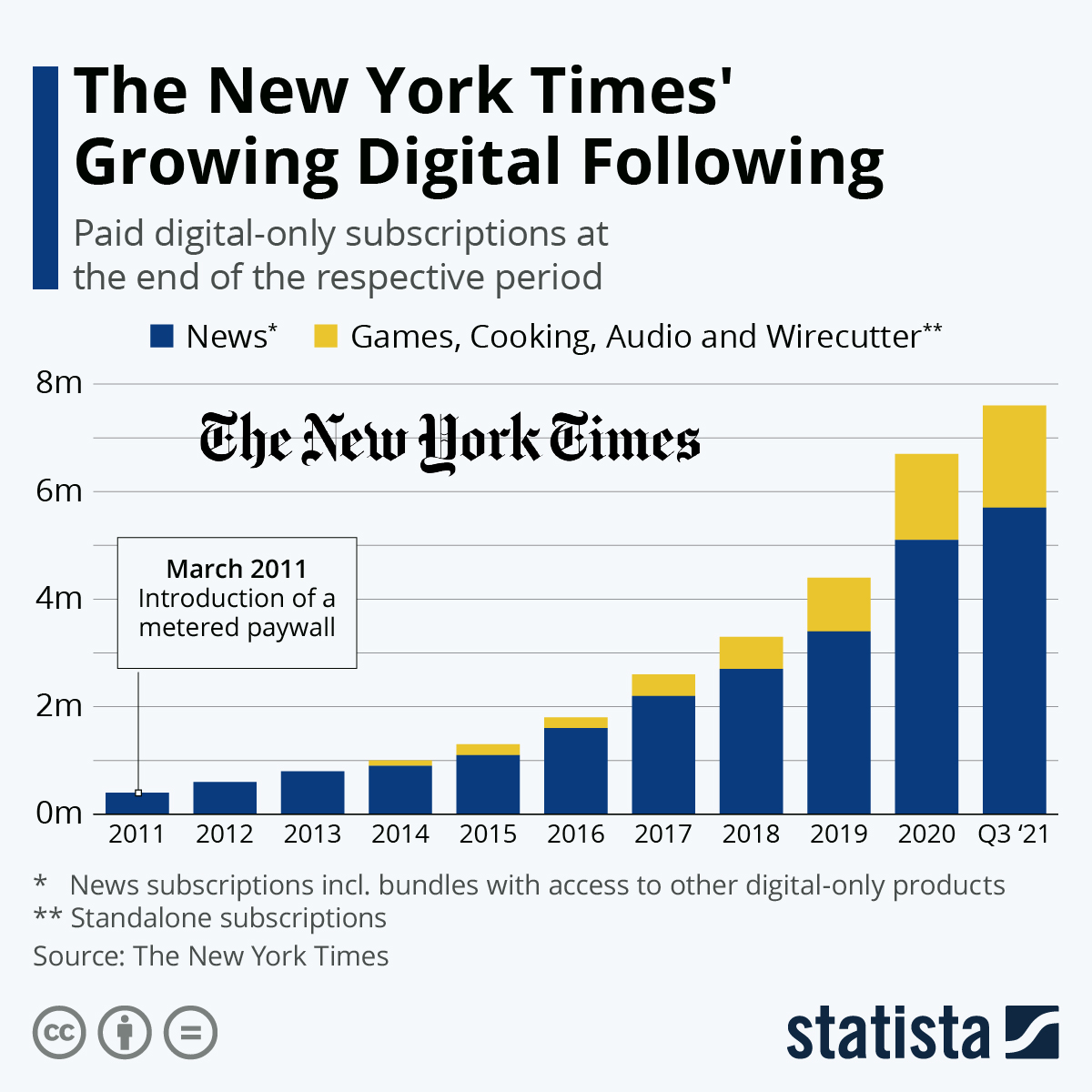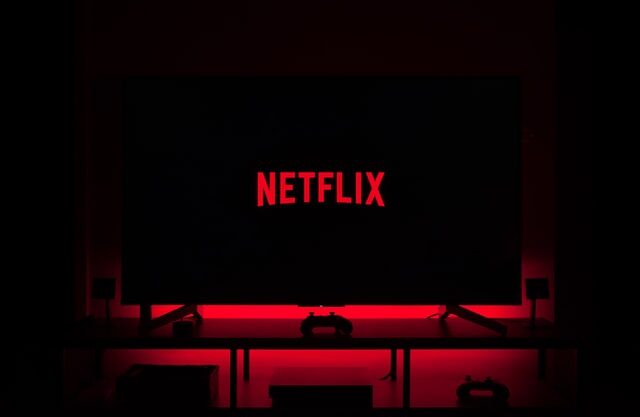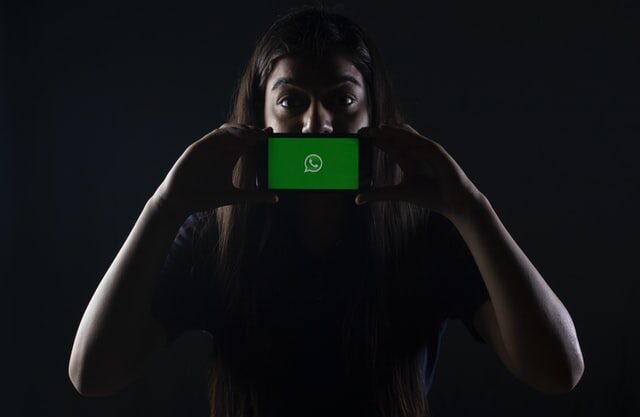In Oct 2021, Josh Wardle, a programmer from Brooklyn, created a simple word guessing game. It was meant to be a simpler diversion than the New York Times’s Spelling Bee for his partner Palak Shah, who is a word games fan. They played for weeks before sending it out to the family and it soon became an obsession for them. Wardle released the game publicly in Oct 2021.
On 1st Nov 2021, 90 people played. On 1st Jan 2022, over 300000 people played this game. The game is Wordle.
The New York Times acquired Wordle for ‘low seven figures’ at the end of Jan 2022.
What is Wordle?
If you’re anywhere on the internet you’ve seen timelines and feeds everywhere fill up with green, yellow, and grey boxes. In less than a few months, Wordle has taken the world by storm.
The game is simple. In a grid of 5X6, a player gets 6 attempts to guess a 5 letter English word. The game gives out clues in the form of green (the letter is both correct and correctly placed), yellow (the letter is correct but incorrectly placed), and grey (the letter is incorrect) boxes. It refreshes once a day and the players get a new word to guess.
Wordle is easy enough, so players can’t get hooked trying to beat it. And it refreshes once a day, so there’s no binge playing involved either. But it is so popular that multiple variants are cropping up every day. There’s Nerdle for math equations, Shabdle for Hindi words, and even Worldle for maps! So how did it become so insanely popular? The answer might be related to the strange times we live in.
In 2020, ‘the end of the world’ stopped describing a mythical cataclysmic event and started to describe our present situation. Work became home and home became work. We started to lose time to mundane tasks. And in this situation, bite-sized brain snacks were absolutely perfect for those looking for some light mental exercise.
And then there’s the social aspect. Sharing that grid of green, yellow, and grey boxes is a dopamine hit. And since everyone plays for the exact same word, it is also an invite to an informal but exclusive social experience. The kind of experience that is hard to come by in the era where every interaction is a scheduled Zoom call. It’s a daily community with a surprisingly low entry barrier. There’s just one simple website, there’s no need to make an account, and it’s free. I myself have seen the revival of more than one WhatsApp group just because the members started sharing their daily results.
That social experience is why everyone is jumping on the Wordle-discussion bandwagon (including yours truly). Folks are looking at every aspect including information theory, business angles, and just pure fun.
So let’s get back to New York Times, and their acquisition of Wordle. The questions I want to ask (and hopefully answer) are – When NYT already has a similar game based called Spelling Bee, why did it need to buy Wordle? How does Wordle fit into New York Times’s business strategy? Let’s get some historical context.
Why did New York Times need to change its business strategy?
There’s an infamous chart often shown in media strategy discussions. It shows newspaper advertising revenue in the USA climb up from approx $20B in the 1950s to $67B somewhere around 2000. After that, it takes a dive, losing 80% of that value in less than 19 years to reach $12 bn in 2019.
 You will find more infographics at Statista
You will find more infographics at Statista
Newspapers such as NYT had long enjoyed the benefit of having high fixed costs (printing presses, warehouses, reporters, distribution) and low marginal costs (paper and ink). This made their disruption near impossible. Their business strategy was to bundle everything from news to opinion to sports to classifieds together and dominate the market.
But the internet changed it all. Small outlets could focus on key areas of expertise for next to no cost. The newspaper model was eroded bit by bit, and so was the advertising revenue. Add to that the decreasing attention spans of the general public, and you have a recipe for disaster for the newspaper industry.
Today, internet giants are the biggest companies we have ever known. Google’s parent company, Alphabet, posted a revenue of $75.3B in Q4 of 2021. In stark contrast, newspapers in the USA brought in only $22.15B in the entire fiscal year 2020. And NYT, even though it showed strong growth, reported an annual revenue crossing $2B (for the first time since 2012).
At the beginning of the last decade, NYT was pretty much in shambles. Affected badly by the 2008 financial meltdown, the company had taken a loan of $250M from Mexican billionaire Carlos Slim to just stay afloat. It needed to change, and fast.
So it started what was probably a do-or-die experiment in 2011 – a paywall. Although the industry was skeptical, the paywall was a smashing success. It brought in more than a billion dollars in revenue in 2017.
But that’s not the only source of success for NYT. In its first-quarter earnings report for 2017, it reported $26.4 million in “other” revenues, a 20.9 percent increase that it attributed to “affiliate referral revenue associated with the product review and recommendation websites, The Wirecutter and The Sweethome, which the Company acquired in October 2016.” The acquisition had started to become an important pillar of income for NYT.
How do acquisitions help New York Times in its sustainability?
NYT utilized the paywall to great success, though the model here was very similar to the traditional newspaper business. Have a mixture of news items in one place (in this case a website) and charge them for access.
But the new age subscribers want varied ‘interactive’ media content, they are not just looking for news. They have shown, time and again, that they are willing to pay if the content is good. Not to say that NYT’s content was not good, after all, it is one of the most respected newspaper publishers in the world. It was just not varied enough for the new age subscriber. These subscribers could only be gained through acquisitions.
Acquisitions of publishers with varied content also mean that hybrid subscription solutions and hybrid monetization models can be created. NYT currently offers at least four types of subscription – Digital Access, NYT Games, NYT Cooking, and Wirecutter. This allows it to target the specific needs of the specific subscriber, essentially reducing the barrier of entry into the ecosystem.
Some acquisitions that reflect NYT’s business strategy
The Wirecutter
NYT bought the online consumer guide The Wirecutter in 2016. It paid reportedly $30M for the acquisition. It was a logical purchase since consumers were using online review sites to inform their purchase decisions more frequently. But The Wirecutter was also interesting because its revenue model was completely different.
Instead of earning revenue through CPM marketing (cost per thousand marketing, where an advertiser pays per thousand impressions on a web page) but affiliate marketing (a company pays publishers to generate traffic or leads to their products). In Q4 2017, NYT attributed a 10% growth in ‘other revenues’ to affiliate referral revenue.
Audm
In 2020, NYT acquired Audm, a startup that turns long-form journalism into audio content. Audm is a bit different from services that turn articles into audio because it uses professional voice actors to narrate the content. This makes the content seem more like a podcast than a computer.
This acquisition more than makes sense with New York Times’s business strategy. A Nieman report claims that multiple businesses are successfully using audio versions of their articles to boost reach and retention. Audm could help NYT foray into subscription-exclusive audio content. It also shows that NYT is fearless in trying new content forms and distribution mechanisms.
The Athletic
More recently, in Jan 2022, NYT acquired another non-news publisher. It purchased the subscription-based sports news outlet The Athletic for $550M. The signals that this acquisition sends out are pretty clear. It potentially transforms NYT into a formidable player in the sports media category. And it brings together diverse audiences to NYT’s platform and promotes loyalty.
In the final three months of 2021, NYT added 375000 digital subscriptions, but only 171000 were for the core news product. That means a majority of those new subscribers were for non-news offerings, making the case for acquisitions much stronger.
 You will find more infographics at Statista
You will find more infographics at Statista
How does Wordle fit in with NYT’s business strategy?
The post-pandemic world (if we can even call it post-pandemic yet) has sent very clear signals of news fatigue. Axois recently reported that broadcast viewership has significantly decreased in 2021. The sharpest decline was seen on social media in terms of interaction with news stories, up to 65% less than the previous year.
In this environment, publishers like NYT will be looking to consolidate their non-news offerings. And that’s where Wordle comes in.
Wordle fits in perfectly with NYT’s crossword and word games categories. And even beyond just the numbers, the crossword is important. NYT crossword’s editor Will Shortz is something of a legend and has appeared on programs like The Oprah Winfrey Show and The Simpsons. Will Shortz has praised Wordle for its simplicity. Is there a bundled subscription solution on the horizon?
The second benefit of Wordle is how it embraces the aspect of sharing. Twitter has had a disproportionate impact on the success of the game, with those green, yellow, and grey boxes filling up timelines across the world. Twitter also has traditionally played a big role in driving subscriptions to newsletters and news outlets. Having Wordle become a part of NYT potentially opens it up to all Twitter users sharing this on their feeds every morning.
What does this change in business strategy mean for NYT’s future?
The acquisition of Wordle of course shows just how popular this little game has become. In addition, it is a significant step from NYT and confirms their commitment to this business strategy of foraying into non-news offerings.
One thing becomes clear when we look at NYT’s history and its most recent acquisitions. The newspaper needed to be much more than just a newspaper. It went digital, established a subscription model online, and gave customers many more reasons apart from news to subscribe.
NYT announced recently that it has achieved its goal of 10 million subscribers by 2025 ahead of schedule. The stock is rallying. Bundled subscriptions are the future. NYT has now successfully transformed from a formidable news organization into a content publishing powerhouse.
Check out other articles by the author
-AMAZONPOLLY-ONLYWORDS-START-

Nike doesn’t sell shoes. It sells an idea with its marketing strategy!!
Nike has built one of the most powerful brands in the world through its benefit-based marketing strategy. What is this strategy and how Nike has used it?

Why do you never see any social media post from Apple?
Apple’s social media strategy is extremely unusual. In this piece, we connect Apple’s unique and successful take on social media to its core values.

Marketing Strategy that Revived the fate of Formula One
In the last few years, Formula One has come a long way, especially with its marketing strategy. Fans are now treated with respect and given equal importance.

Netflix – Constantly Pivoting its Business Model to Success
From postal to streaming to production, Netflix has constantly pivoted its business model to become the best in the entertainment industry.

How Microsoft became cool by making others cool
Microsoft CEO Satya Nadella said, “You join here, not to be cool, but to make others cool.” We decode the strategy powered by this statement.

LEGO – Powered by the Customers’ Inventiveness
Lego toys used technology innovation to transform. Lego is a story of successful open innovation strategies ever executed by a global brand.

WhatsApp Messenger – The Super Social Network for India?
WhatsApp is challenging the way we think about online social networks. Could it be the next super social network app for India?
-AMAZONPOLLY-ONLYWORDS-END-
















